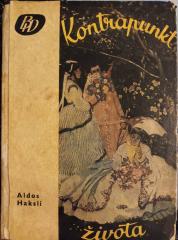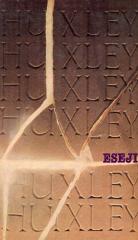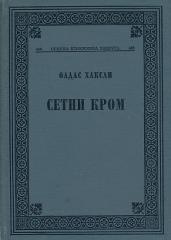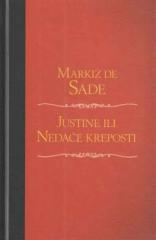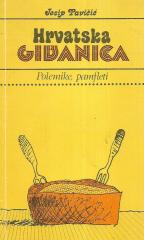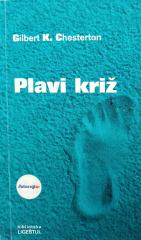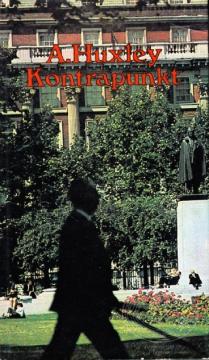
Kontrapunkt
U „Kontrapunktu“ (1928.) Aldousa Huxleye, romanu inspiriranom muzičkim kontrapunktom, prepliću se životi londonske intelektualne elite 1920-ih kroz paralelne priče o ljubavi, smrti, umjetnosti i traženju smisla.
U romanu nema linearne radnje, već samo modulacija sličnih motiva iz različitih perspektiva: emocionalne, intelektualne, religijske i metafizičke.
Središnji likovi su pisac Philip Quarles, Huxleyjev alter ego, mudrijaš koji se vraća iz Indije s ženom Eleonor i sinom; Eleonor se kuša s fašističkim demagogom Everardom Webleyem; Mark Rampion, holistički idealist nalik D. H. Lawrenceu, zagovara ravnotežu uma, tijela i duha; mladi novinar Walter Bidlake upleten u ljubavni trokut s Marjorie Carling i Lucy Tantamount.
Stari slikar John Bidlake suočava se s rakom i kreativnim padom; njegov sin Denis Burlap, licemjeran urednik, koristi kršćansku retoriku za pohlepu. Nihilist Maurice Spandrel provodi „eksperiment“ da izazove Boga: surađuje s Illidgeom u ubojstvu Webleya, završavajući samoubojstvom uz Beethovena, tražeći dokaz božanstva. Smrt malog Quarleovog sina od meningitisa naglašava besmisao patnje.
Roman satirički kritizira fragmentaciju modernog života: sukob strasti i uma, hipokriziju društva, pad umjetnosti i politički ekstremizam. Preko romana à clef (likovi inspirirani stvarnim poznanicima), Huxley istražuje kaos u kojem se osobne želje sudaraju s društvenim silama, ostavljajući harmoniju nedostižnom. Klasični hit, preteča postmodernizma u književnosti.
Two copies are available
